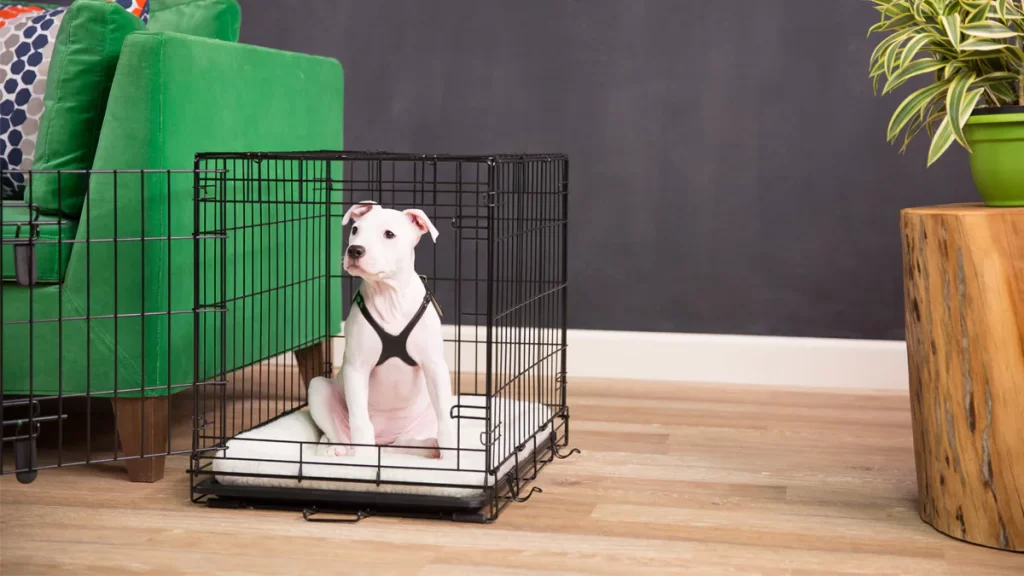Blog

What to Do With Runaway Dogs

It’s terrible to get home and discover your dog has vanished. When you realize that your dog has escaped—again—that dread may soon turn to irritation. Not only is an escaped pet inconvenient, but it may expose you to responsibility if your dog does anything wrong, costly animal shelter fees, and the potential that your pet may never return home. Simply stopping your dog from escaping is a temporary fix. The greatest long-term approach is to determine what motivates your pet to leave in the first place so that it may be remedied.
Boredom or A Lack Of Social Interaction
Boredom is one of the most prevalent causes for dogs to leave. When you feel trapped in your house, you may get in your car and drive somewhere exciting. Dogs frequently feel the same way, and as a result, burrow beneath fences or leap and climb over them. The following are some indications that your pets are bored:
- Other indicators of boredom include your dogs frequently digging holes or trashing items in the yard.
- Your dogs are left alone for extended periods of time and interact with humans and other animals infrequently if at all.
- They are always seen in areas that give them with enjoyment, such as a neighbor’s yard with dogs.
- They are less than three years old or come from an especially lively breed (e.g. working dogs.)
Fortunately, the remedy to this one is straightforward: kids need to go play. Take their leash and take them on walks (or hire someone to do it for you), purchase them some engaging toys, or try if you can restructure your household’s routines so the dogs have more interaction.
Separation Fear
Dogs are extremely sociable animals. They often dislike being alone and like to spend as much time as possible with their pack (your family). Rescue dogs, in particular, may utilize you or another member of your household as a comfort blanket when re-socializing. The following are the signs of an apprehensive escapee:
- When your dogs run away, they do not travel far or remain in the house.
- When you show symptoms of leaving, your dogs become very worried.
- When you arrive home, they appear almost deliriously joyful.
- They always flee as soon as you leave.
Combating this might be challenging if the dog has a high level of anxiety. At times, bringing in a professional is the only way to deal with a significant issue. For milder situations, consider leaving a piece of clothing that strongly smells like you with your dog. Always maintain a calm demeanor whether leaving or returning home; dogs will draw off your enthusiasm. If your dog has a proclivity for destructive, frantic chewing, distract him with a firm rubber chew toy.
Phobias
This one is straightforward and self-evident. Something is frightening your dogs, and they are succumbing to their flight instincts. Even well-behaved dogs will find a method to escape when confronted with a terrible dread. If you discover that your dogs are fleeing from fear, you will see the following:
- They will only flee in response to a specific stimulus, such as loud fireworks or thunderstorms.
- They also display other anxiety-related behaviors, such as tucking her tail between her legs or urinating suddenly.
The best course of action is to keep your pets indoors when they are about to be exposed to a trigger. If that is not feasible, you can engage a trainer to help them get desensitized to the stimulation. Another alternative is to construct a “panic room” for them by situating their mattresses in the quietest section of your home and supplementing their exposure to sound with a fan, television, or white noise app.
Urges to Reproduce
Both intact females and males have a high mate-seeking urge. Without sexual partners, they will flee in search of one. Female dogs may be especially aggravating if you lack the financial means to maintain a litter of puppies. You may detect whether your dogs are sexually wandering by the following signs:
- Your canines are above six months old.
- Your canines’ sexual organs are completely intact.
- Your female canines will attempt to flee only when they are in heat.
Spaying or neutering your dogs is the most obvious solution. If you have no intention of breeding them, this will help to restrict their escape behaviors and has the added benefit of lowering male dog aggression. If this is not feasible, your only choice is to make your yard as escape-proof as possible. Bear in mind that your dogs may go to extreme means in order to satisfy their biological drive.
When You Finally Locate Your Dog
While it may seem paradoxical, punishing your pets for escaping is not a good idea. Dogs do not comprehend cause and consequence in the same way that humans do. They will immediately link a consequence with their conduct. While you are attempting to educate your dogs that leaving would result in punishment, they will believe that returning will result in punishment. You should only reprimand them if you catch them attempting to flee.
Determine How Your Dog Is Getting Away
Dogs’ intellect, strength, and resolve make them ideal companions—and brilliant escape artists. If you are unable to change the conduct that resulted in the escape, it is time to prevent the escape itself. Before you can begin to escape-proof your backyard, you must first determine how your dog escapes. Examine the fence for holes beneath or within it, loose boards, unsafe gates, or evidence of climbing. Once you’ve identified their tactics, you may correct them.
If your dogs are digging beneath the fence, you can stop their digging by burying huge boulders or paving stones. Avoid using smaller stones or even bricks, since they may be moved by strong or clever dogs using their paws or teeth. If your dog is climbing or leaping over the fence, you may compensate by increasing the height of the fence or by adding a fence topper that curves in at approximately 45 degrees.
Despite their numerous difficulties, dog lovers cannot fathom a world without their furry companion. If you understand and correct their behavior, dogs are excellent pets. Otherwise, don’t be scared to convert your backyard into a dog castle.























